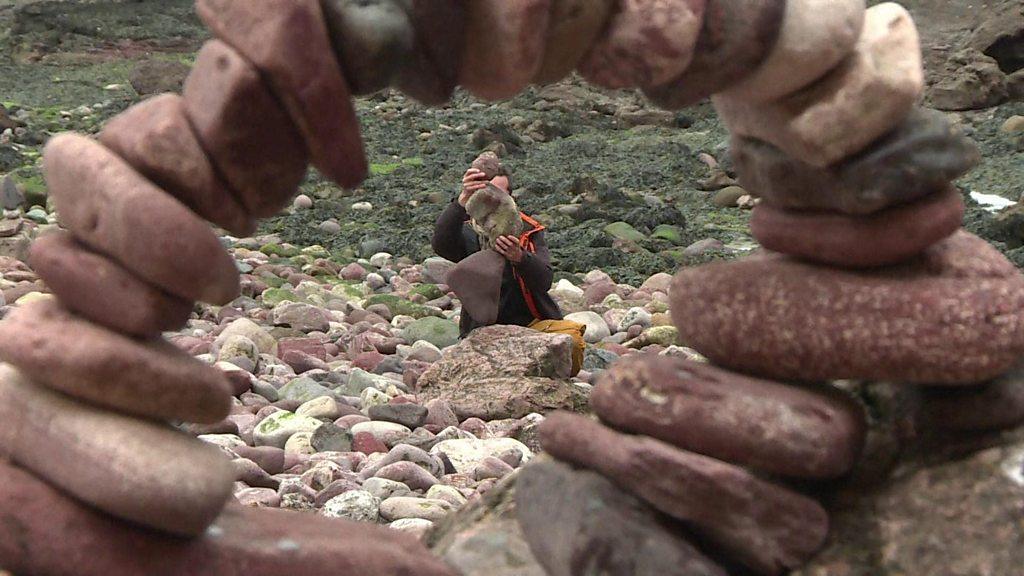Can sand tell us more about the Earth's history?
- Published
- comments
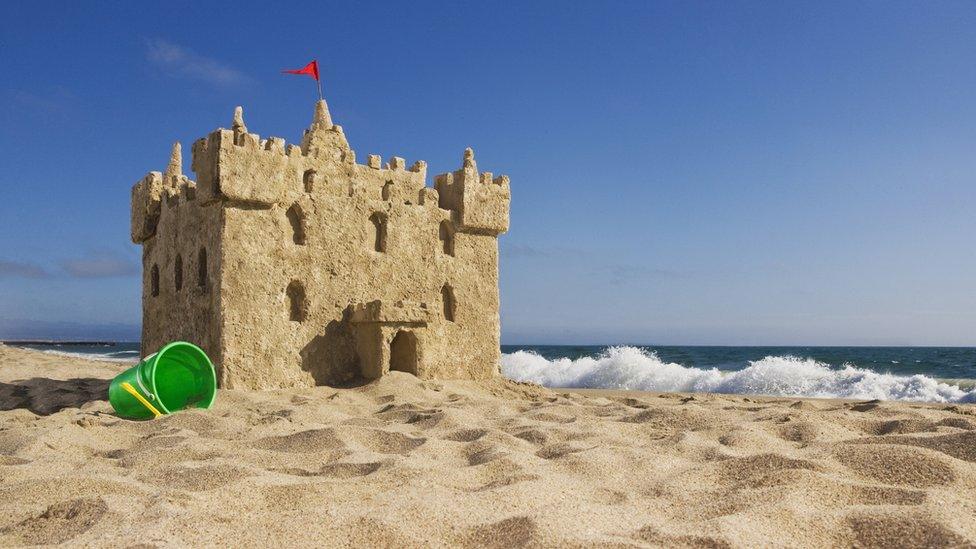
Many of us love a beach day, but could sand be more important than we realise?
Heading to the beach is a popular option for lots of people on a hot summer's day. It's there that you'll find the sea, sun, perhaps even an ice cream if you're lucky - and plenty of sand of course!
But could sand be more important than we've ever realised? A team of scientists have found a very different use for the tiny grains that we like to play with on the beach.
They've come up with a type of measurement which will allow them to figure out what's known as the 'age distribution fingerprint' of the mineral zircon, which is found within sand.
The researchers believe this could provide them with new information on how the Earth's surface has changed over the last few billion years.
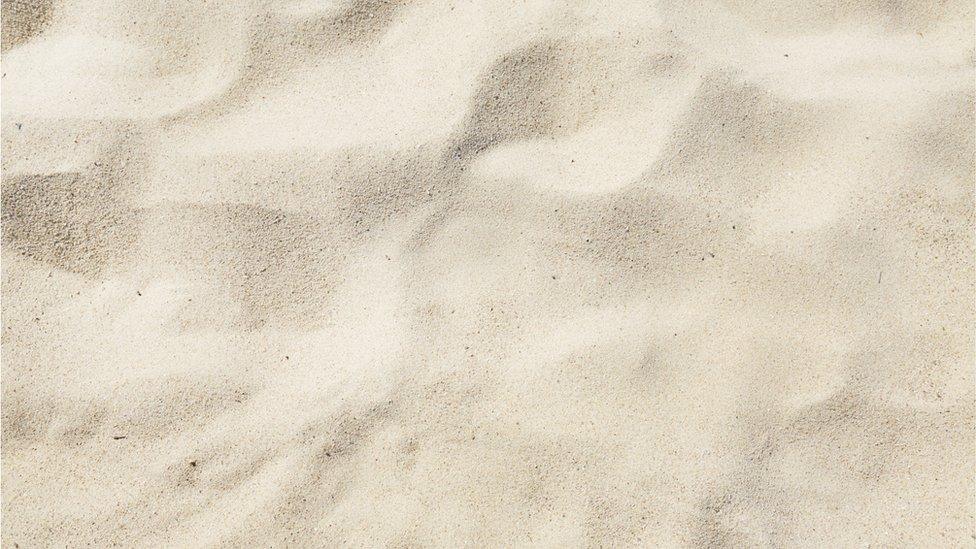
A team of scientists have developed a technique they believe could provide them with new information on how the Earth's surface has changed over the last few billion years
A lot of information about the Earth's surface throughout history has been lost over time, as many of the substances which were once found on the planet have gradually worn away.
However, some minerals, like zircon, have stood the test of time, and are thought to carry traces of Earth's history.
By studying the zircon found in grains of sand from rivers, sand and rocks, the scientists are able to work out previously hidden details about the Earth's past.
"Durable minerals like zircon form sediments that effectively gather information from these lost worlds to paint a vivid picture of the planet's history, including changing environments, the development of a habitable biosphere, the evolution of continents, and the accumulation of mineral resources at ancient plate boundaries," said Dr Milo Barham who worked on the research.
"The world's beaches faithfully record a detailed history of our planet's geological past, with billions of years of Earth's history imprinted in the geology of each grain of sand and our technique helps unlock this information."
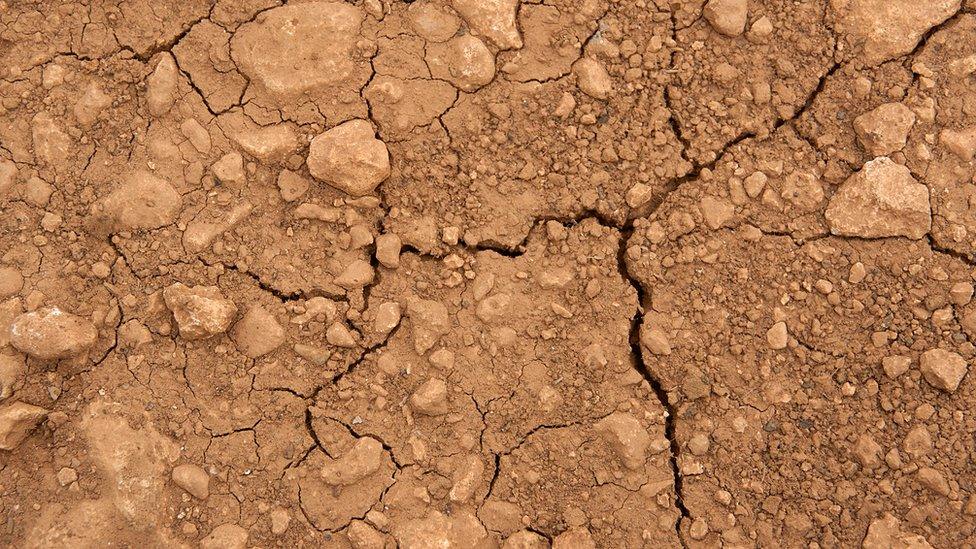
The Earth's surface has seen some big changes over time
The scientists tried out their new technique by taking a look at sediment in South America, East Antarctica, and Western Australia and they found some interesting differences.
"Zircons contain chemical elements that allow us to date and reconstruct the conditions of mineral formation," said Professor Chris Kirkland who also worked on this research.
"...the sediment on the west and east coasts of South America are completely different because there are many young grains on the west side that were created from crust plunging beneath the continent, driving earthquakes and volcanoes in the Andes.
"Whereas, on the east coast, all is relatively calm geologically and there is a mix of old and young grains picked up from a diversity of rocks across the Amazon basin."
- Published8 October 2021

- Published12 July 2020
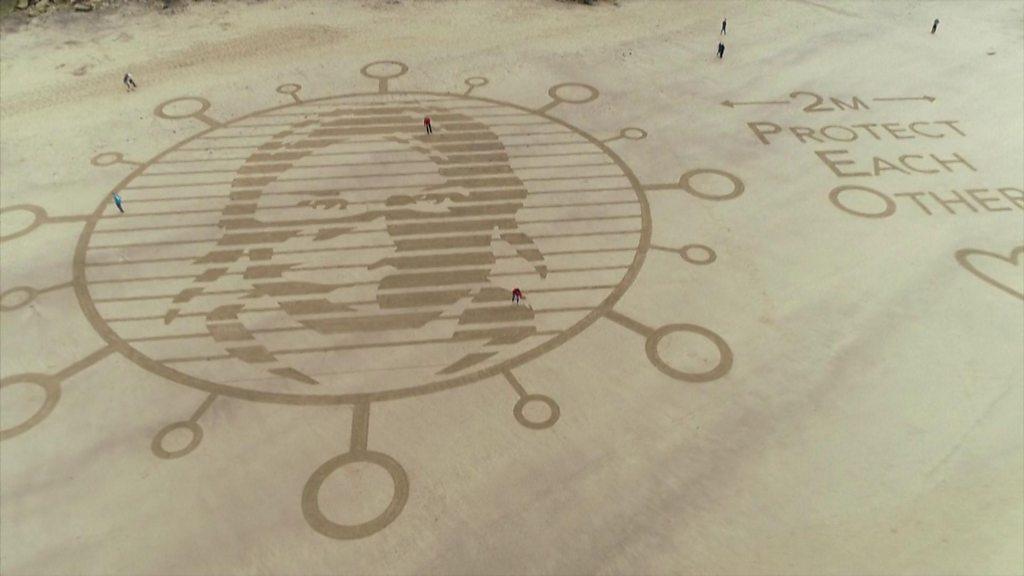
- Published25 April 2018
